MK Stalin-led Tamil Nadu government has been unfolding an outreach to commemorate and honour the leaders who inspired and fought for Tamil Nadu and the country. The outreach, either through constructing a statue or through celebrating the birth anniversaries, has been attracting national attention and the announcements for such statues had held a significant part of the ongoing assembly and earned a wider reception across and beyond the borders.
The government has earlier announced that the birth anniversary of Thanthai Periyar will be celebrated as the Social Justice Day, statues will be erected in Chennai for DMK stalwart Karunanidhi and for Iyothee Thass, a prominent anti-caste activist in Tamil Nadu. In line with that, the state has government has on Tuesday poured more weight into the outreach through its slew of announcements of constructing statues for several leaders including former President of India Dr APJ Abdul Kalam and Rabindranath Tagore, a philosopher and social reformer who wrote the Indian National Anthem. The announcements of new statues were made by Tamil Nadu Minister for Information and Publicity, MP Saminathan.
The government has announced that it will establish a statue for Abdul Kalam at Anna University in Chennai. Synonymed as the people's president and missile man, Kalam was the native of Rameswaram, Tamil Nadu, and he was the recipient of Bharat Ratna, India's highest civilian honour. He was the eleventh President of India from 2002-2007. The Tamil Nadu government has announced that it will establish a statue for Rabindranath Tagore at Queen Maris College in Chennai. Born in Calcutta, Tagore is one of the kingpins in India's struggle for Independence.
Known to be a polymath, Tagore was a poet, writer, composer, painter, philosopher, and social reformer. In 1913, he became the first non-European to win the Nobel Prize in Literature and he wrote India's National Anthem. The government has announced that the statue will be constructed for Maruthu Pandiyars in Gandhi Mandapam in Chennai. The brothers were king of Sivagangai, Tamil Nadu towards the end of the 18th century. Known for their fighting against the East India Company, the duo was executed by the British on October 24, 1801.
The burial of Maruthu Pandiyars is located at Sivagangai. The brothers had also founded guerilla war tactics in India and a commemorative postage stamp was released in October 2004. The government has announced that a statue will be established for Veerapandiya Kattabomman in the premises of Gandhi Mandapam. Kattabomman was an 18th-century freedom struggler in Tamil Nadu who staunchly fought against the British sovereignty and waged a war against them. He battled against the British tax system and was invincible until he got captured by the British with the help of the ruler of Pudukottai, Vijaya Raghunatha Tondaiman. Kattabomman was hanged to death on October 16, 1799, at Kayathar at the age of 39.
The government has also announced that a statue will be constructed to martyr Chinnasamy, a DMK member, who committed suicide in Trichy on 25th January 1964, by self-immolation, to protest against the Hindi imposition. Chinnasamy has been considered the first language martyr of the anti-Hindi protests by the DMK. The government has on Tuesday that his statue will be built in Kilpaluvur in the Ariyalur district. A statue will be established for DMK Stalwart and former Tamil Nadu Minister Navalur Nedunchezhiyan at Chepuak Guesthouse in Chennai. Nedunchezhiyan had served as the acting Chief Minister of Tamil Nadu three times and he was one of the founding fathers of DMK and also served as the party's general secretary.
The government has announced that a statue will be built for Moovalur Ramamirtham in Mayiladuthurai. Ramamirtham was a Tamil social reformer, author, and political activist of the Dravidian Movement. She worked for the eradication of the Devadasi system. She had remained a DMK supporter till her death in 1962 and in her memory, the Tamil Nadu government has constituted the 'Moovalur Ramamirtham Ammal Ninaivu Marriage Assistance Scheme', a social welfare scheme to provide financial assistance to poor women. Now, the government has decided to build a statue for her.
Prominent social reformer, medical practitioner, and Padma Bhushan award recipient Muthulakshmi Reddy will get a new statue in Pudukottai, the state government has announced on Tuesday. Reddy was the first female student to be admitted into a men's college, the first woman House surgeon in the Government Maternity and Ophthalmic Hospital, and the first woman legislator in British India. Her name was included in the first national flag hoisted on Red Fort in 1947. The government has announced that a statue will be built for Mu Varadarajan at Ranipet. Varadarajan was a Tamil scholar, author, and academic and published 13 novels, six plays, and a book on the history of Tamil literature. He also had served as the Head of the Tamil Department at the University of Madras.
In 1961, Varadarajan was awarded the Sahitya Akademi Award for Tamil for his novel 'Agal Vilakku'. During 1971-74, he was the vice-chancellor of the University of Madurai. A statue will be built for P Subbarayan in Chennai. Subbrayan, born in Salem, Tamil Nadu, was a freedom fighter and diplomat and was the Chief Minister of Madras Presidency, India's ambassador to Indonesia under King George and also served as the Union Minister of Transport and Communications in Nehru's government. At the time of his death at 73, he was serving as the Governor of Maharashtra. The government has also announced that a statue will be constructed for Anjalai Ammal in Cuddalore.
Anjalai Ammal was a prominent freedom fighter, born in Cuddalore. She started her public life by joining the Non-Cooperation movement of Mahatma Gandhi and she was the first woman from South India to take part in the Non-Cooperation movement in 1921. She sold her family lands, her house, and spent money on the freedom struggle. She also had participated in the Salt Satyagraha in 1930 and after Independence, she was elected as a member of the Tamil Nadu legislative assembly three times. She was called by Mahatma Gandhi as Jhansi Rani of South India for her courage.



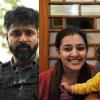

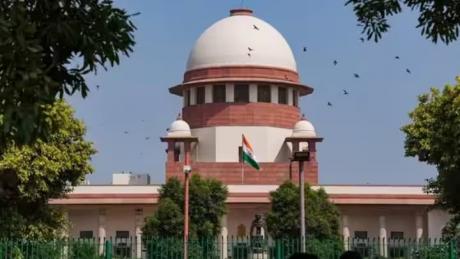
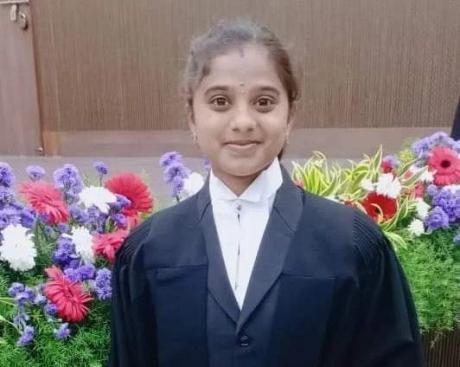
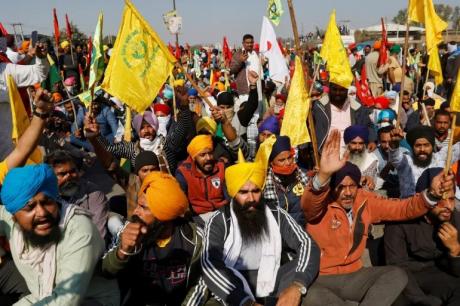
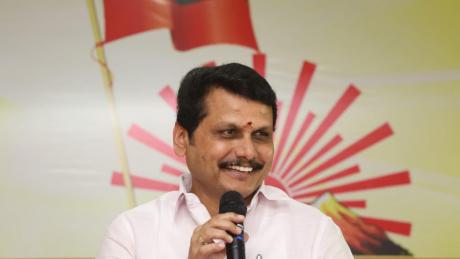
Comments